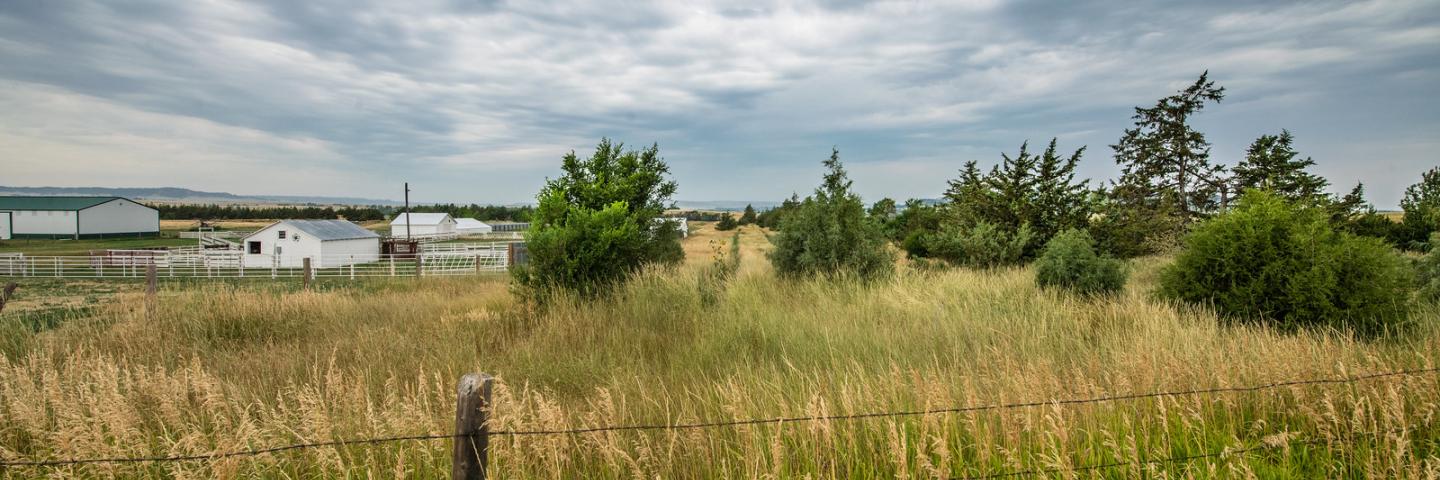
The CPPE matrix, and associated planning tools, describe how NRCS’s conservation practices effect the Natural Resource and Human-Economic Environments.
CPPE and RMS Planning Tools
The Excel spreadsheets below can be used to describe the environmental and economic effects of each conservation practice. A qualitative statement describes the conservation practice's impact on Soil, Water, Air, Plants, Animals, Energy and Land, Labor, Capital and Risk. The tools also give define the conservation practice, practice units, typical land use and a relative cost estimate.
These tools were developed for use by field planners. Much of the technical information in the CPPE matrix and associated tools are documented in Section V of the Field Office Technical Guide.
For further information, please contact the developer, Lakeitha Ruffin, Economist, NRCS WNTSC, 971-666-1471.

